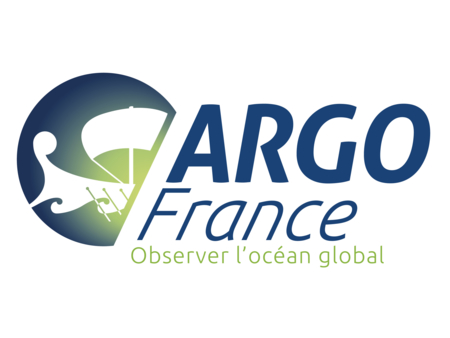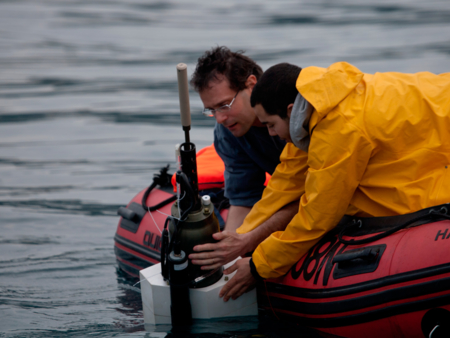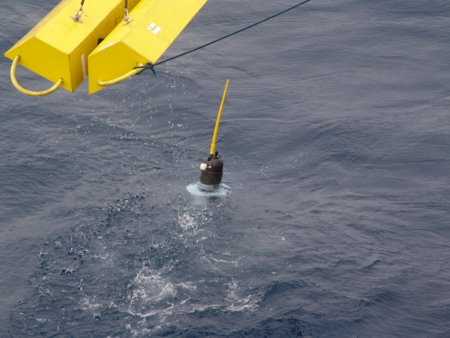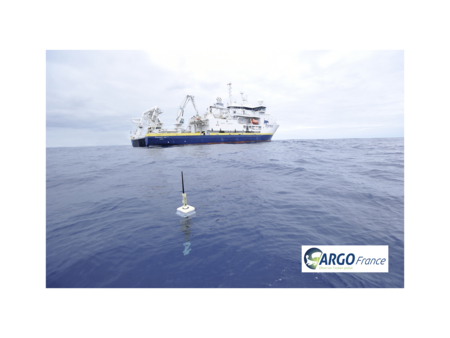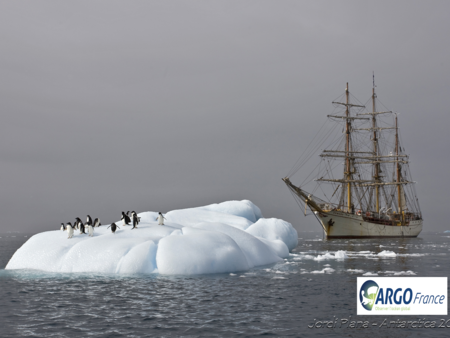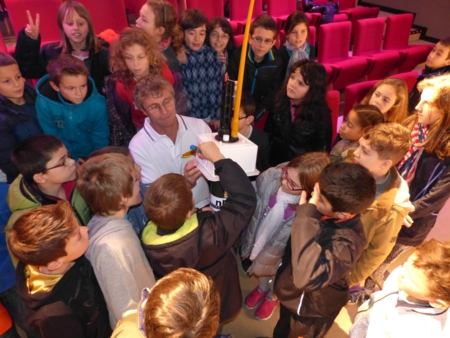Objectives of the Argo programme
The international Argo programme aims to establish and maintain a global, real-time, surface-to-bottom, multidisciplinary ocean observation network. This network of in situ measurements is integrated with other Earth observation systems to:
- To observe ocean and climate variability on seasonal to decadal time scales and to observe ocean climate change. This includes regional and global changes in ocean heat, freshwater content, steric sea surface height, large-scale ocean circulation, ocean deoxygenation and acidification, and physical-biogeochemical couplings;
- Provide in situ observations for calibration and validation of satellite measurements;
- Provide observations to initialise and constrain numerical model simulations and operational ocean forecasting systems.
Of the 4700 floats needed to achieve this objective of the Argo programme, 1000 floats will be equipped with biogeochemical sensors (BGC floats) and 1200 will be capable of going beyond 2000 m depth (deep floats). As the floats will be in operation for a few years, it is necessary to deploy 800 to 900 new floats each year to maintain the fleet at its current level and achieve the new scientific objectives. These observations must also be of the highest possible quality and with sufficient accuracy to measure long-term climate trends.







